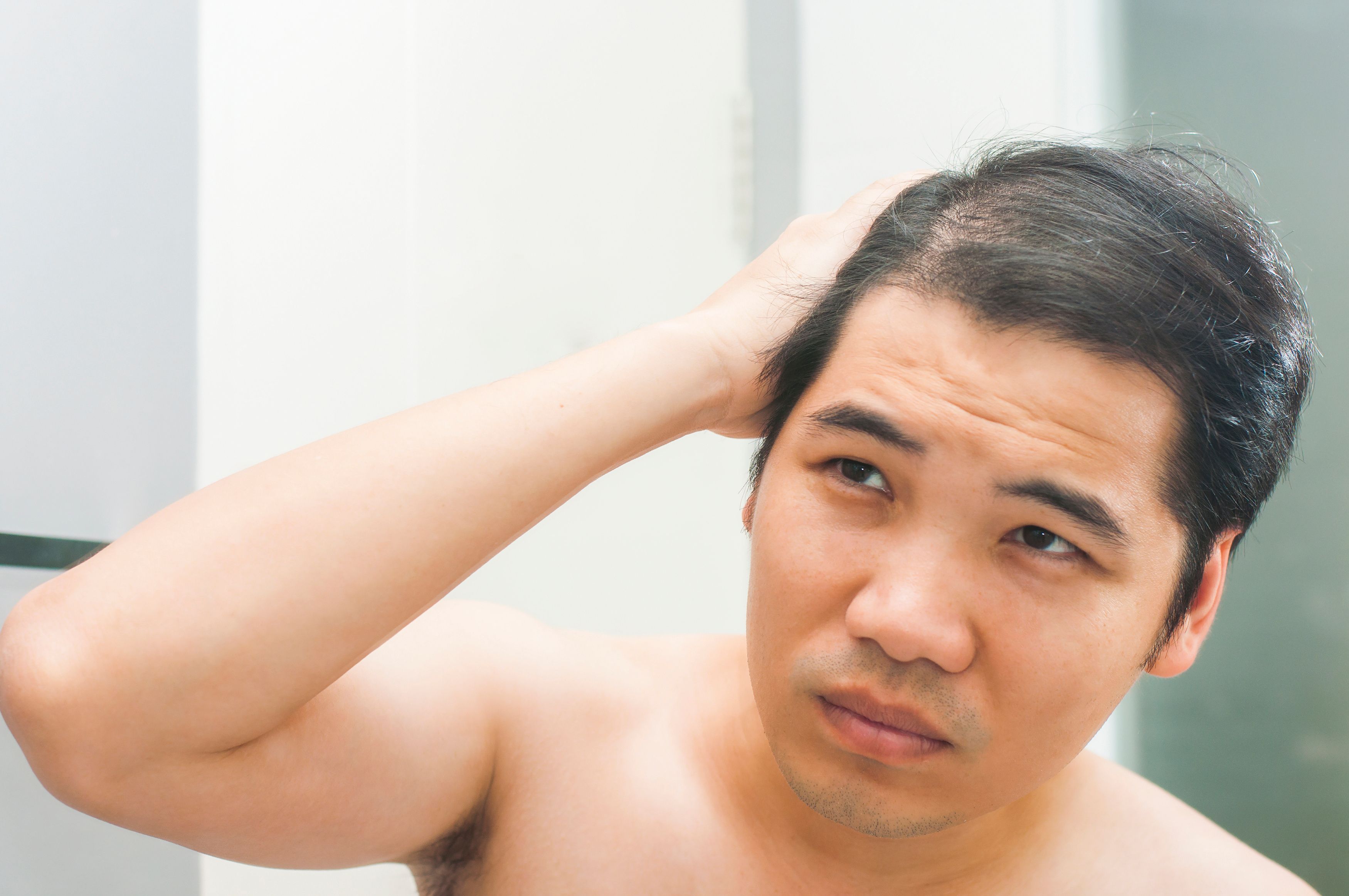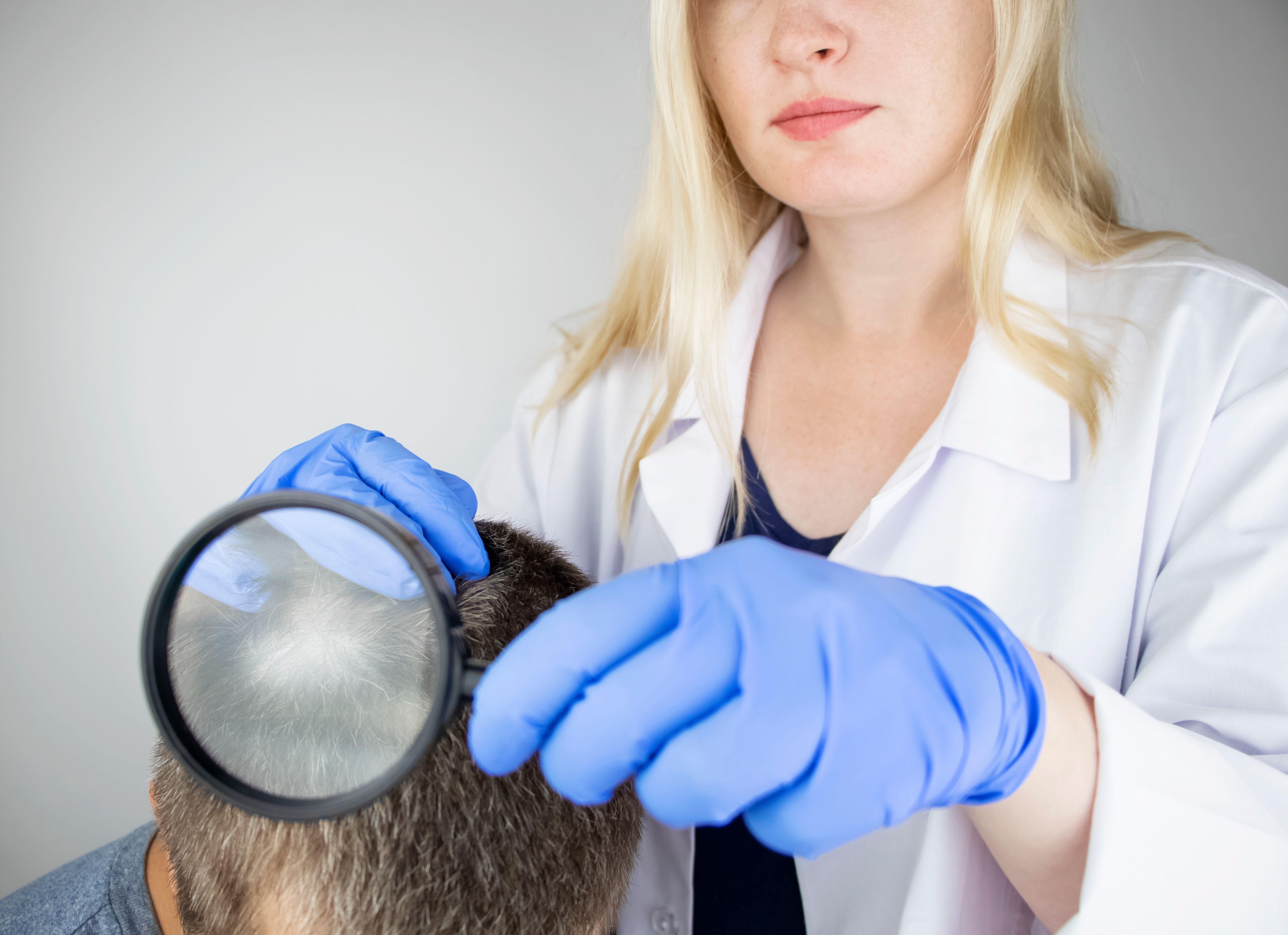News
Article
AA Treatment: Comparing Topical Treatments, Microneedling, Tofacitinib
Author(s):
Topical treatments and minoxidil solutions were found to be the most effective, safe, and affordable first-line options for treating pediatric AA.
Hair loss treatment medicines | Image Credit: KenamiRyoko- stock.adobe.com

A study from China found topicals and minoxidil solutions were the most effective, safe, and cost-effective forms of therapy for pediatric patients with alopecia areata (AA) while tofacitinib and microneedling were alternative approaches.
Despite the higher population of AA in children, pediatric alopecia areata (PAA) does not have a definite treatment due to various side effects, expenses, lack of clinical trials, and the limitation on patients’ age. This retrospective cohort study included adolescents between 2-14 years old during April 2021 to November 2022 with at least one subtype of AA.
Participants were divided into 3 groups of treatment options and examined afterwards to determine the best option. The traditional group had patients with PAA use a topical 0.1% mometasone furoate daily and 5% solution of minoxidil as therapy (n = 12). Another group was treated with 5 mg tofacitinib by mouth once daily, patients consented to lab tests before and every 3 months after initiating treatment, including complete blood count, biochemical blood test, and screenings for hepatitis B virus infection (n = 5). The final group used microneedling, where needles used in therapy were 31G, resulting in 0.35 mm depth wounds to allow herbal extracts to be absorbed into treated skin every 2 weeks (n = 7). Data analyses and statistical methods were completed and found significant P-value (P < .05).
All 3 treatment groups endured at least 24 weeks of therapy. The traditional group did not include any participants who had prior AA medication history. However, the tofacitinib group had 20% of patients taking previous medications and the microneedling group consisted of 57.14% patients with prior treatment therapy. Most comorbidities found in patients were in the microneedling group (85.71%). Both the traditional and microneedling group had similar male to female ratios but the tofacitinib group had more males than females (male, 80%).
Treatment efficacy results were extremely successful in the traditional group, achieving a severity of alopecia tool (SALT) score of SALT100 for 100% of the participants. The tofacitinib group had SALT100, SALT75, and SALT50 in 40%, 20%, and 40% of the cohort population, respectively. The microneedling group of patients achieved SALT100 in 42.86% and SALT75 in 14.28%. However, 42.86% of microneedling patients were nonresponders. The possibility of recurrence was low among the traditional, tofacitinib, and microneedling groups (n = 1, 1, 2, respectively). There were no significant changes in efficacy between shorter or longer durations among both the tofacitinib and microneedling cohorts (P = .367, P = .775).
The safety of participants was reassured with no mild adverse effects (AEs) in any of the groups and no discontinuations due to AEs. The traditional group did not report any side effects while 1 patient in the tofacitinib group experienced excessive regrowth. Overall, the microneedling cohort complained about mild transient pain during the treatment in 42.86% patients.
Treatment expenses were similar, except the microneedling group was the only one that was not covered by medical insurance. Monthly costs included 225 Chinese Yuan in the traditional group ($31.33), 55 Chinese Yuan in the tofacitinib cohort ($7.66), and 696 Chinese Yuan for microneedling therapy ($96.93; P < .0001). The frequency of follow-up contributes to the price increase because follow-up for the microneedling group occurred every 2 weeks while traditional and tofacitinib had every 8 and 4 weeks.
Study limitations are the small, retrospective sample size that did not include a control group. Since patients were pediatric, they were unable to follow-up appropriately, so selections of patients were chosen for regular check-ups.
In conclusion, the first-line approach for patients with PAA who are newly diagnosed or naïve to therapy would benefit from the traditional group treatment. On the other hand, the tofacitinib and microneedling approaches are more effective in long-duration, severe, refractory patients with PAA.
Reference:
Zhou J, Yang Y, Xu M, Lyu Z, Wu X. Efficacy, safety, and Pharmacoeconomics of three common strategies for pediatric alopecia areata patients: a retrospective cohort study. Clin Cosmet Investig. Dermatol. 2023;16:2947-2956. doi:10.2147/CCID.S425534





